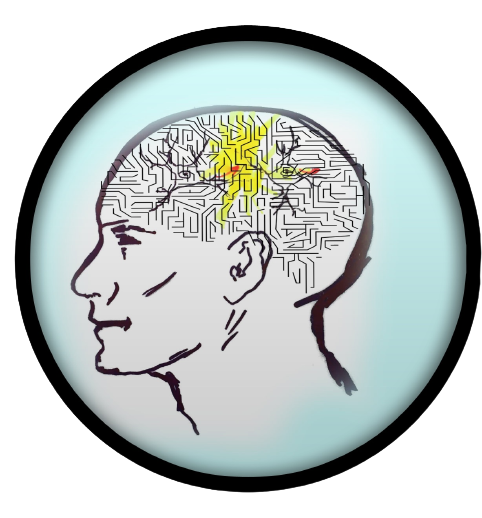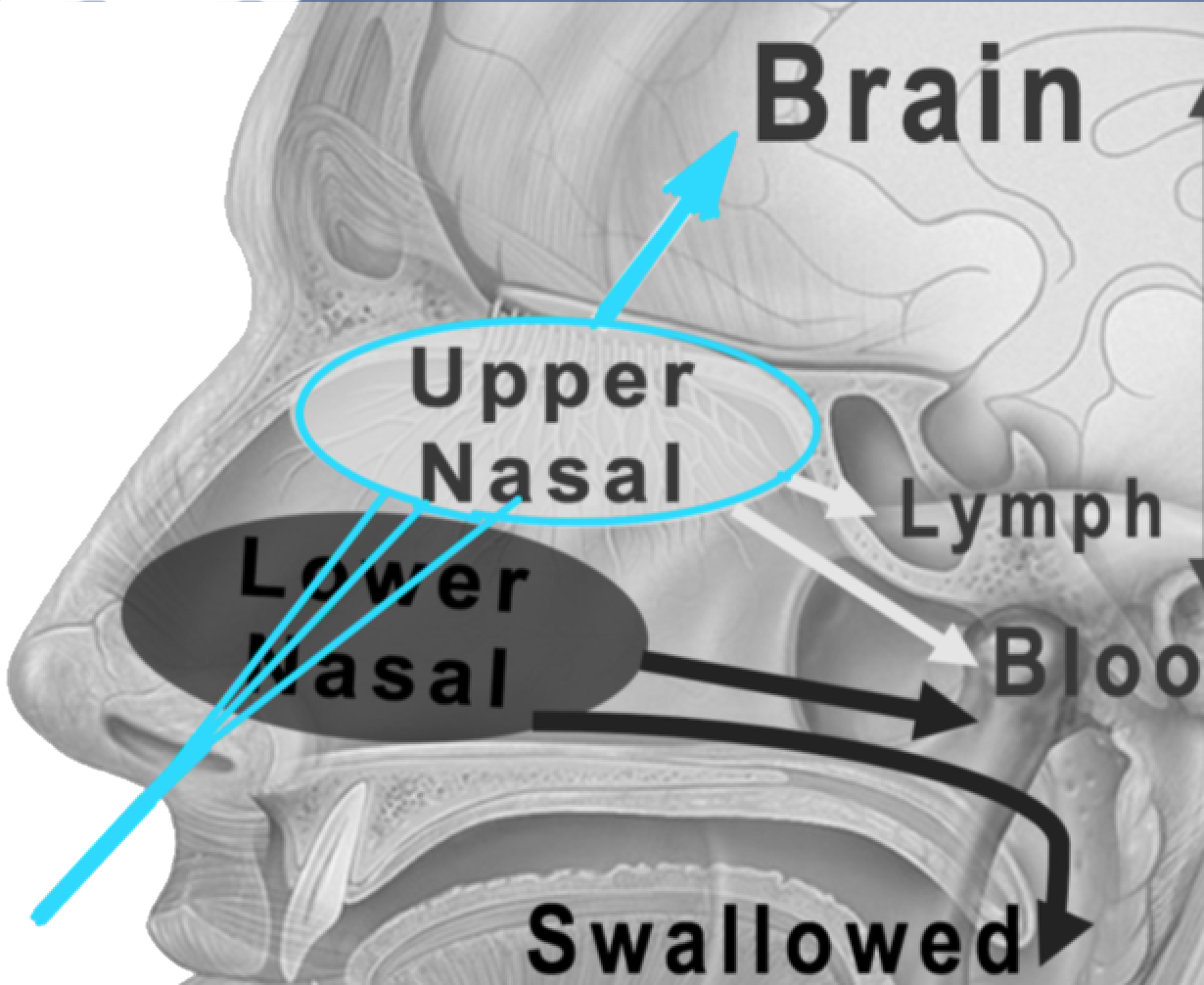Unmet Need for Neuroprotective Disease-modifying DRUG Therapy for Parkinson’s Disease (PD)

Incurable, Relentlessly Progressive & Debilitating;
- NO prevention
- NO early detection
- NO drug cure
- NO disease modifying drug treatment
- Palliative drugs have debilitating severe dose-limiting side effects
- 1 Million PD Patients in the USA
- 60,000 new cases/year in US;
- 1-2% of People over 60 have Parkinson’s Disease
- 10M sufferers worldwide.
- Estimated care and productivity-loss cost in US ~$52B/year
NAC Exhibits Neurorestorative Clinical Activity in PD Patients proven by Clinical study [1,2]
PROOF OF NAC’s EFFICACY
Clinical proof-of-concept with IV NAC showing neuro-restorative plus clinical efficacy: [1]
3-month weekly I.V. plus oral treatment improved UPDRS motor score and striatal synaptic dopamine transporter activity measured by DaTscan. [4]
PROBLEM with IV and Oral NAC administration:
IV delivery is not a viable treatment option for long term treatment.
High-dose IV NAC increases human brain GSH [3,4]
but high-dose Oral NAC alone [2,4,5] does not.
SOLUTION: INTRA-NASAL (IN) DELIVERY:
Intranasal (IN) NAC is 50 times more efficient in getting to the brain than IV delivery.
Proven by Neuronasal Human Pilot Study.
N2B NAC could provide a non-invasive efficient neuro-protective treatment regimen for PD
Neuronasal: Nose to Brain (N2B) NAC Phase 1-ready with open US IND at FDA as proprietary drug-device combination.
- Bypasses the blood-brain barrier-get drug to the brain.
- Results in rapid delivery to the brain along both the olfactory and trigeminal nerves.
- Reduces unwanted systemic exposure and side effects.
APPENDIX :
1. Monti DA et al 2019. N-Acetyl Cysteine Is Associated With Dopaminergic Improvement in Parkinson’s Disease. Clin Pharm Therapeut 104;4:884-890 2Shungu D ClinTrials.gov NCT01470027
2. Shungu D ClinTrials.gov NCT01470027
3. Holmay 2013. N-acetylcysteine Boosts Brain and Blood Glutathione in Gaucher and Parkinson’s Diseases, Clin Neuropharmacol. 36(4): 103–106
4. Tuite P 2016. Magnetic resonance imaging as a potential biomarker for Parkinson’s disease. Translational Res 175:4-16
5 …Coles L 2018. Repeated-dose Oral N-acetylcysteine in Parkinson Disease: Pharmacokinetics and Effect on Brain Glutathione and Oxidative Stress. J Clin Pharmacol.58(2): 158–167

